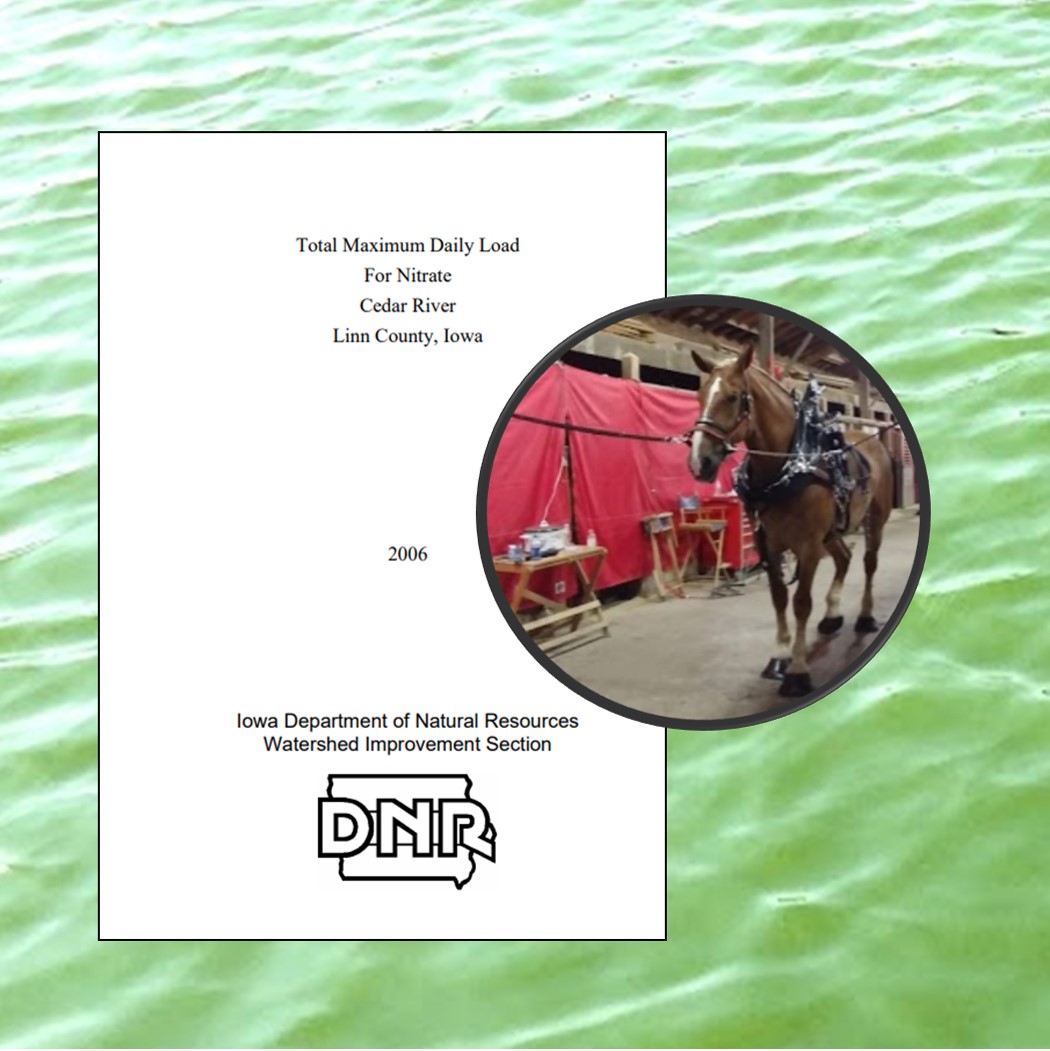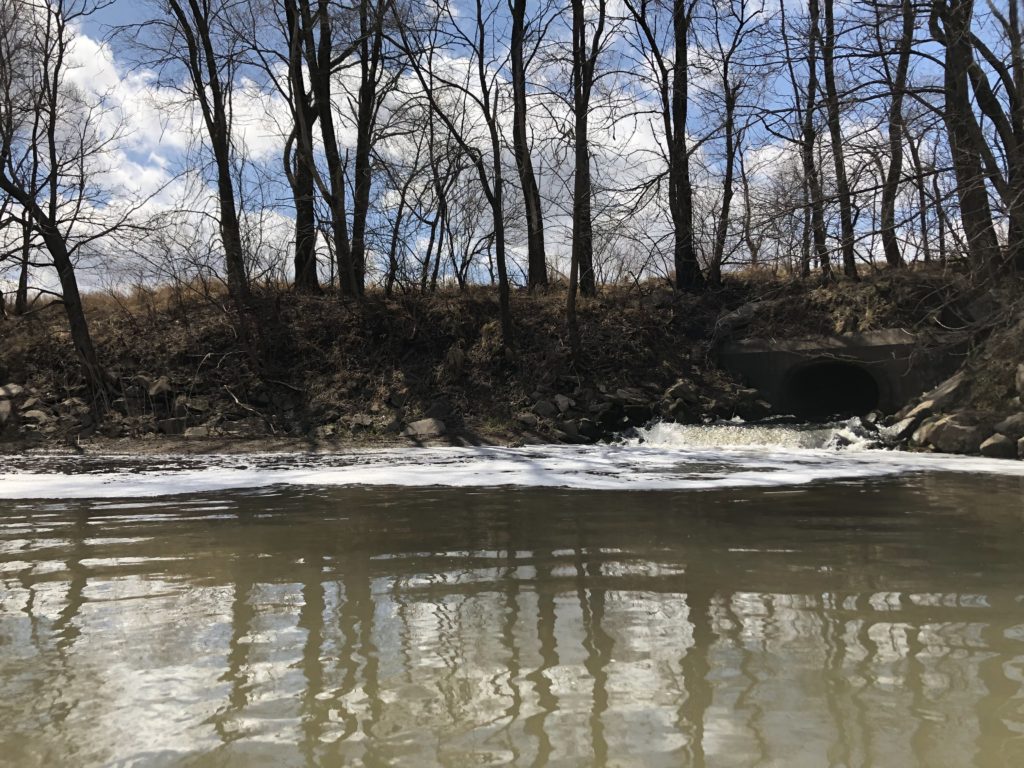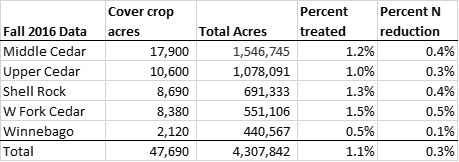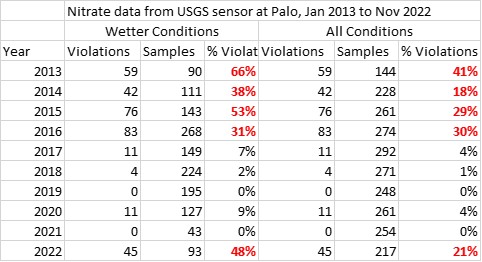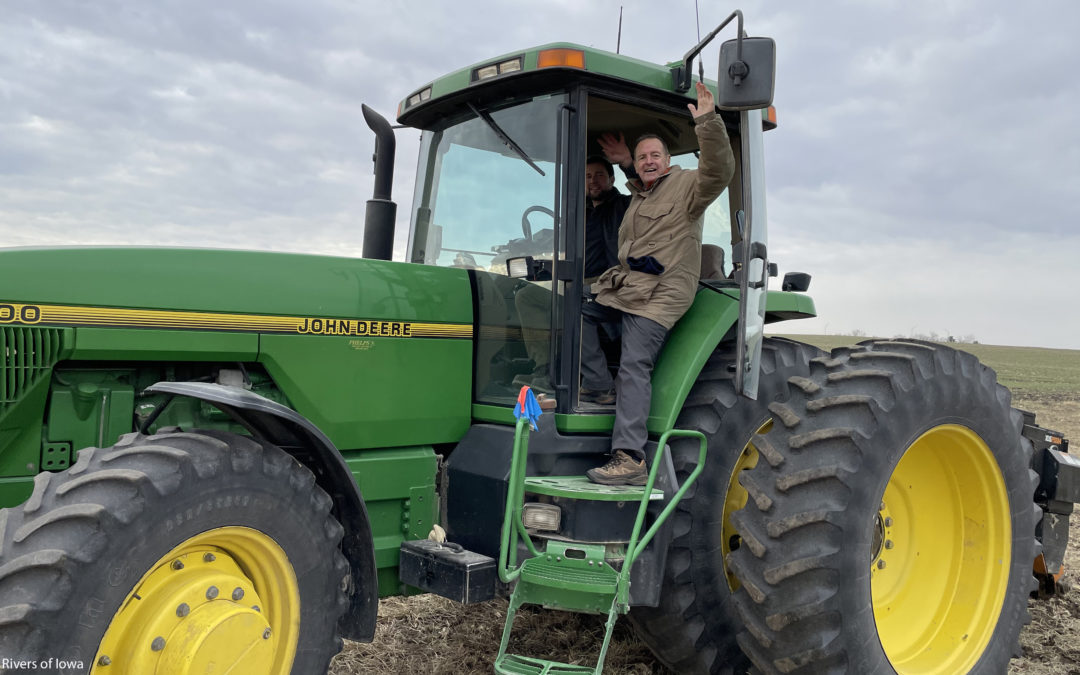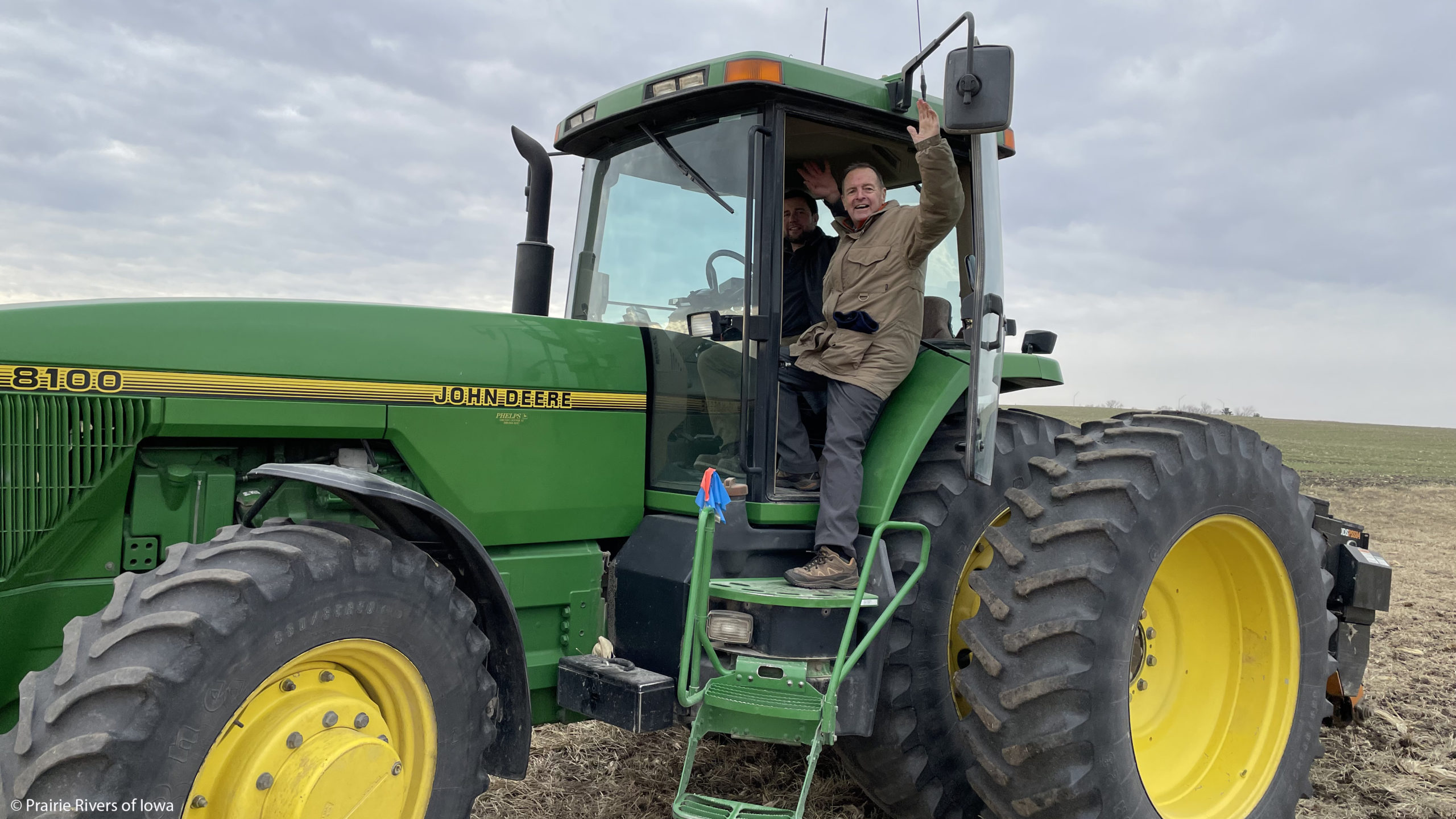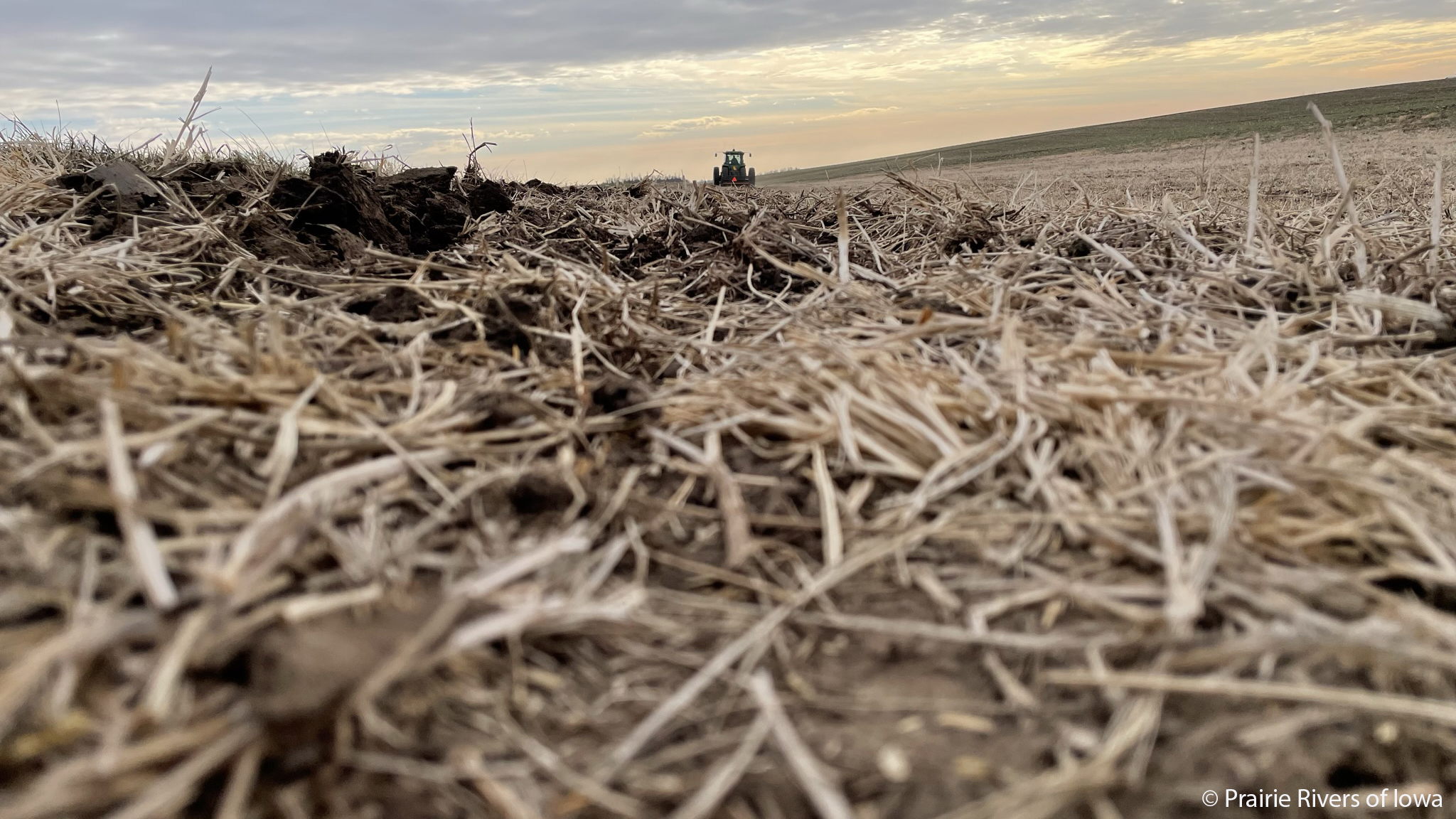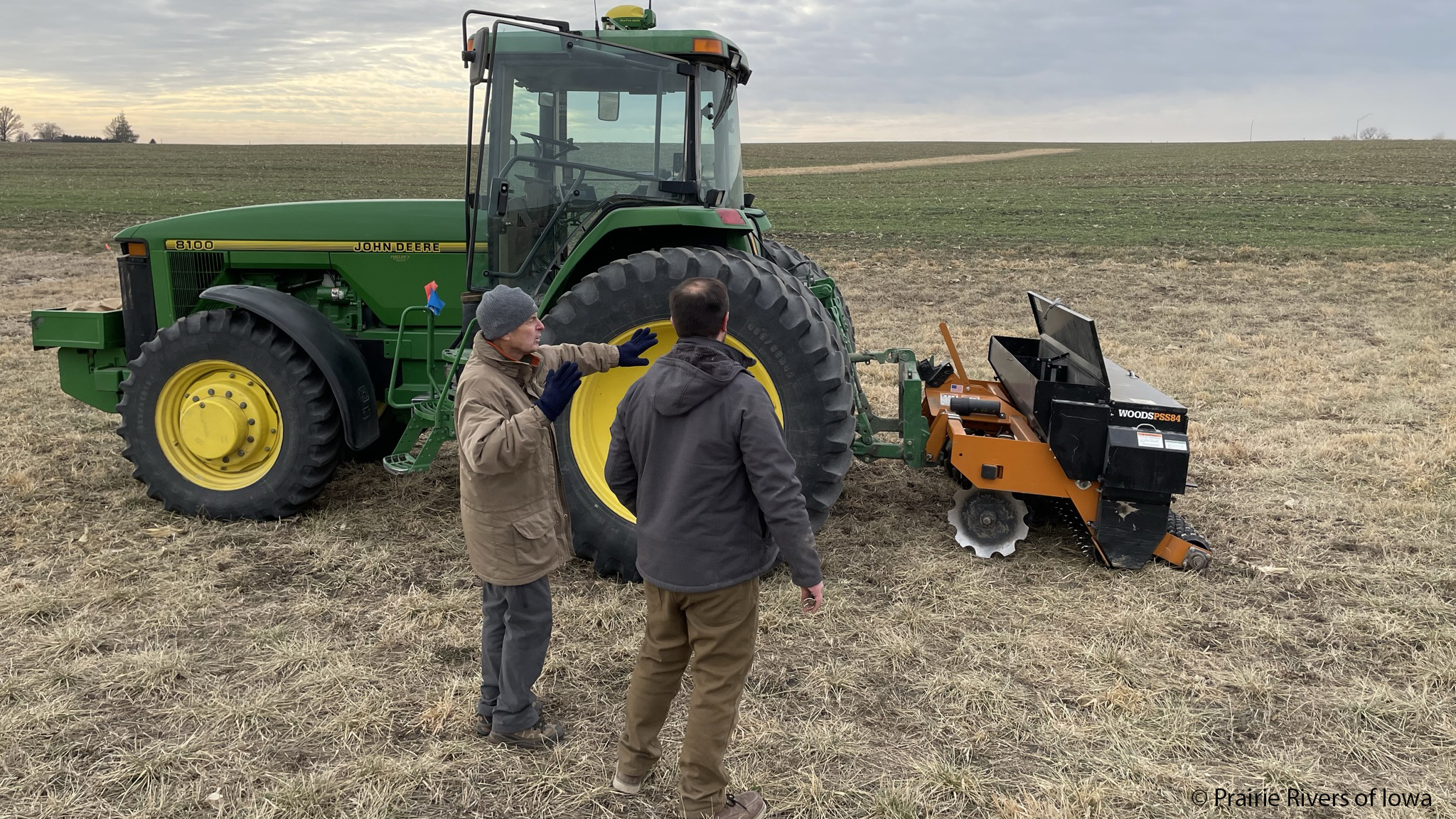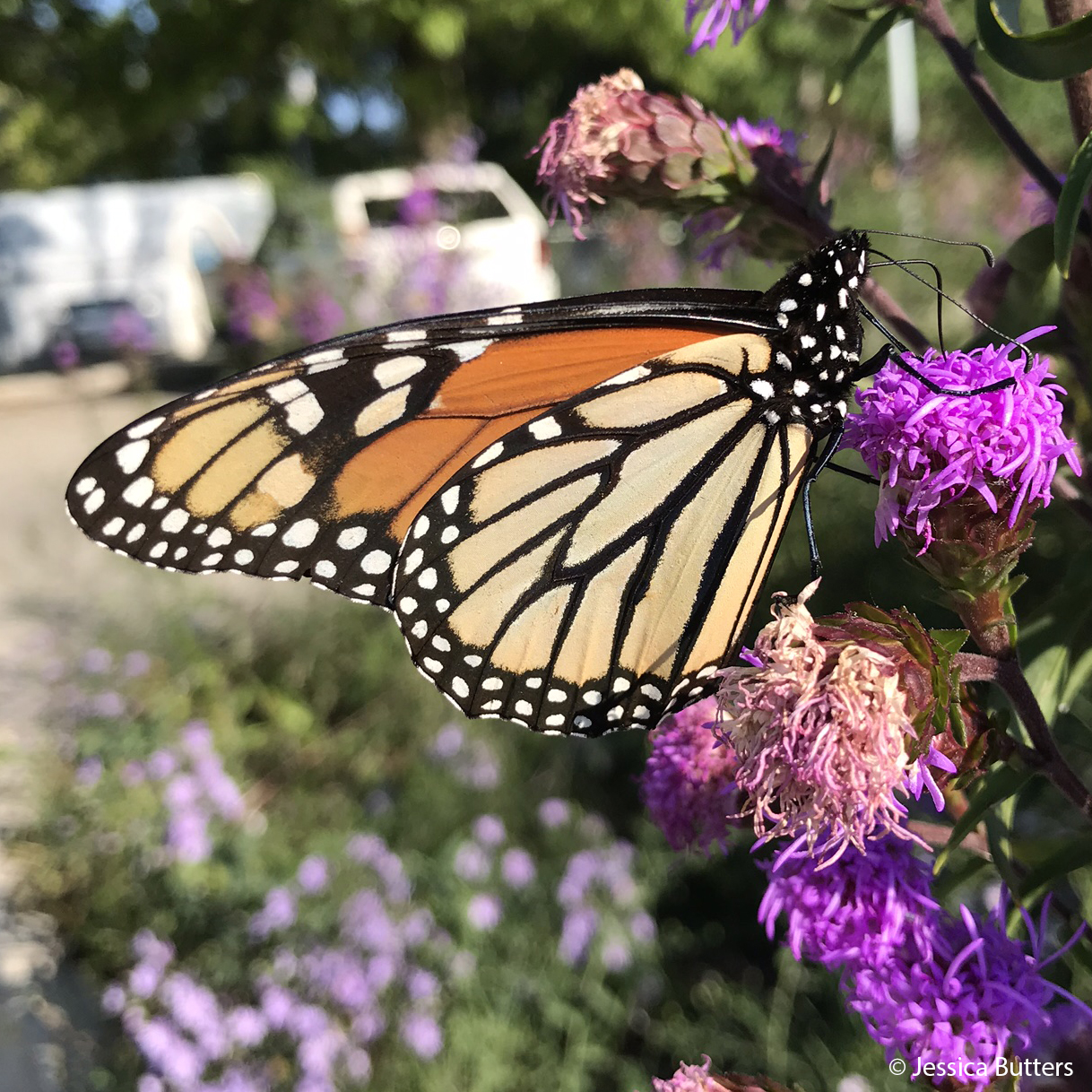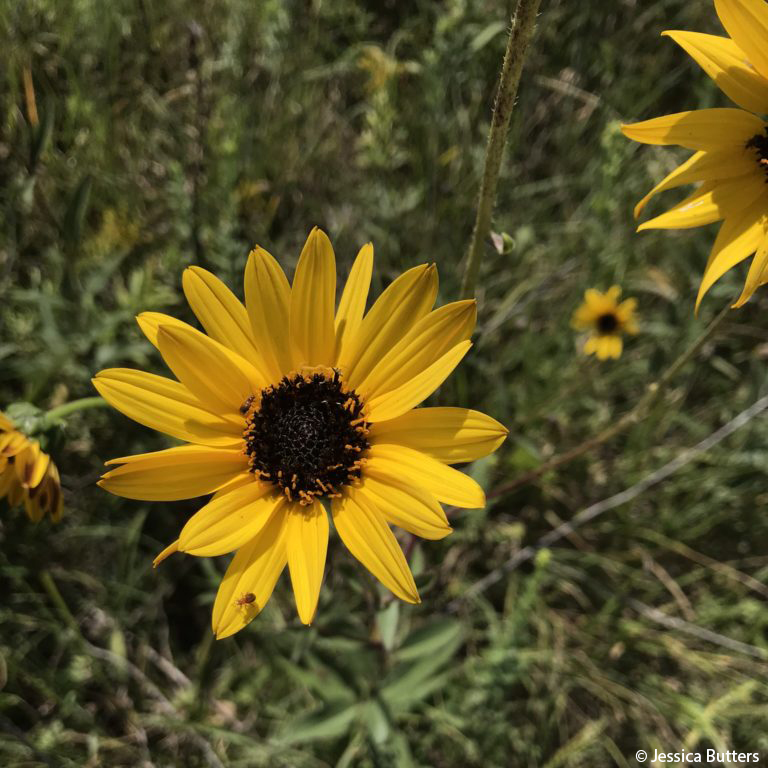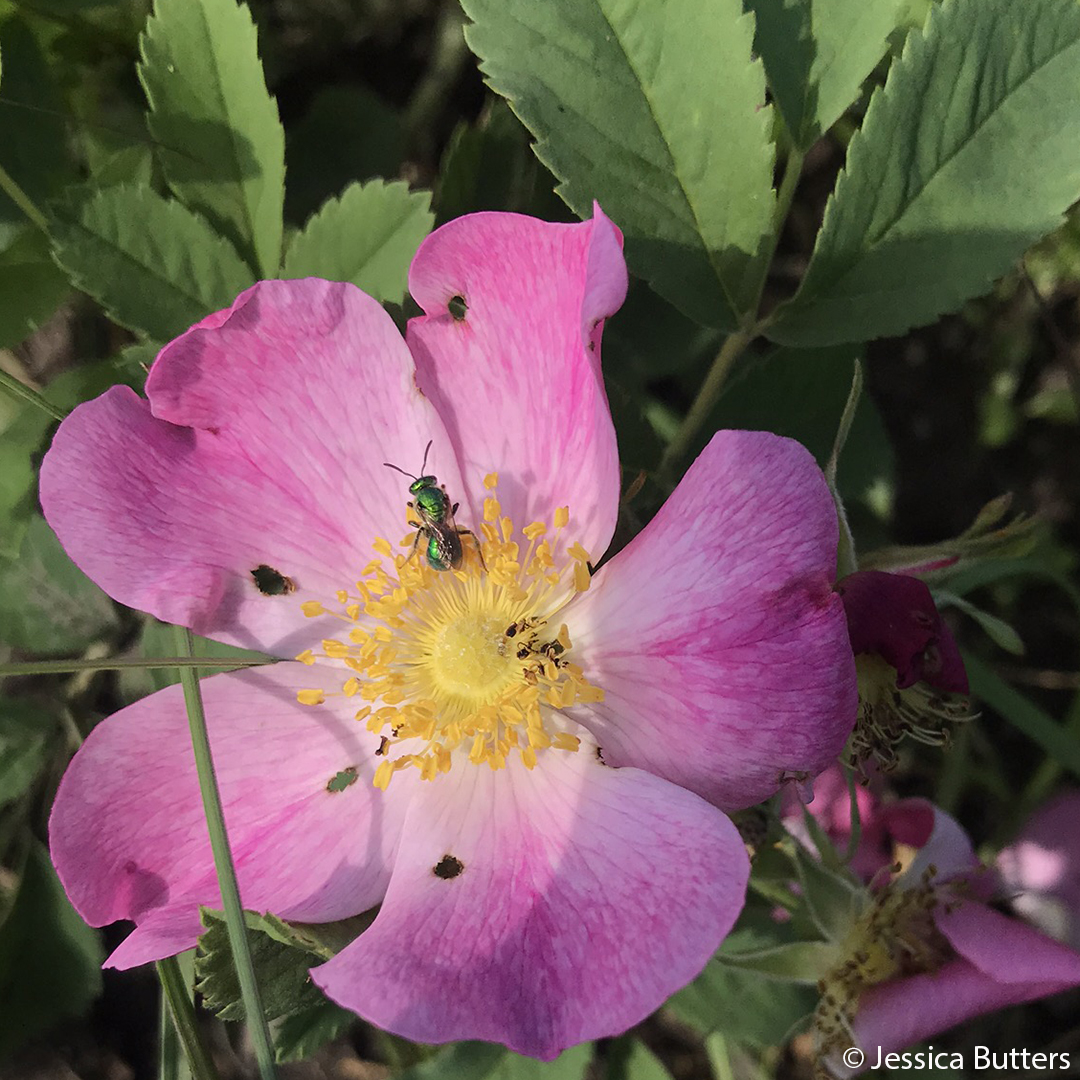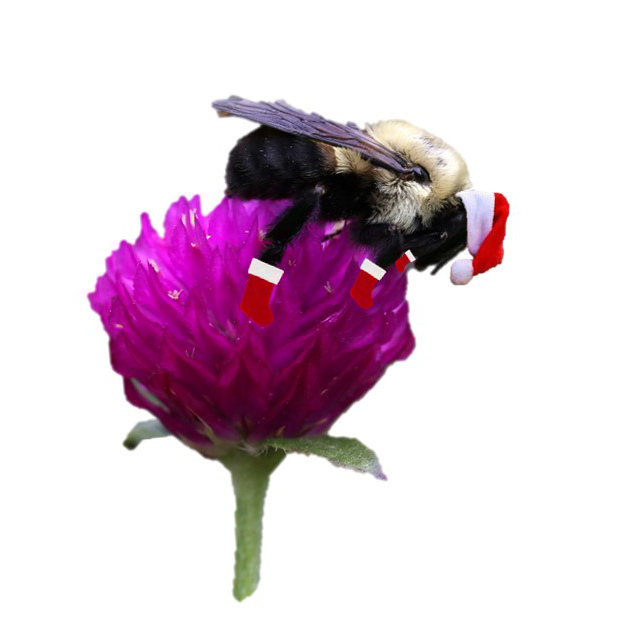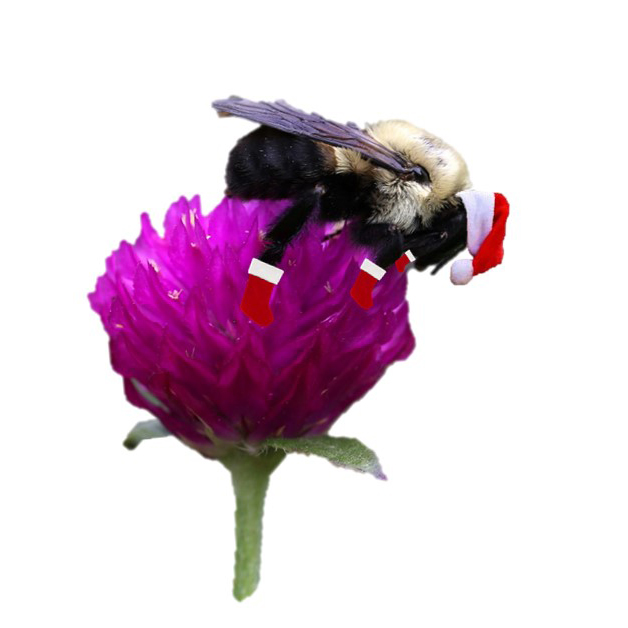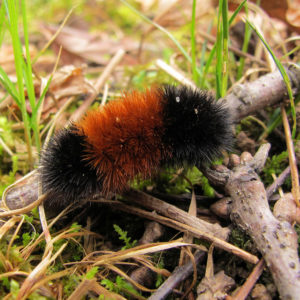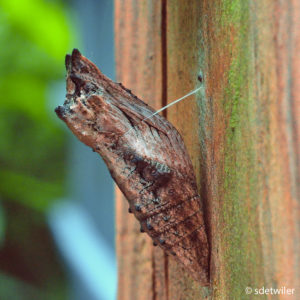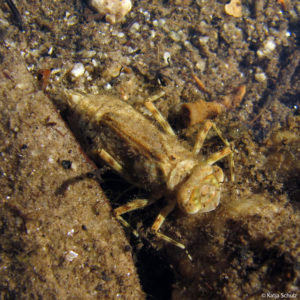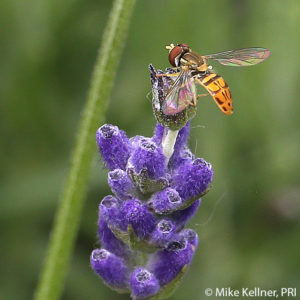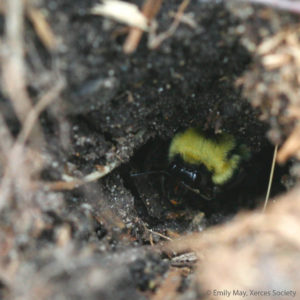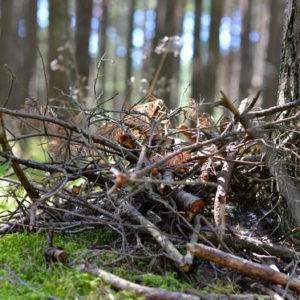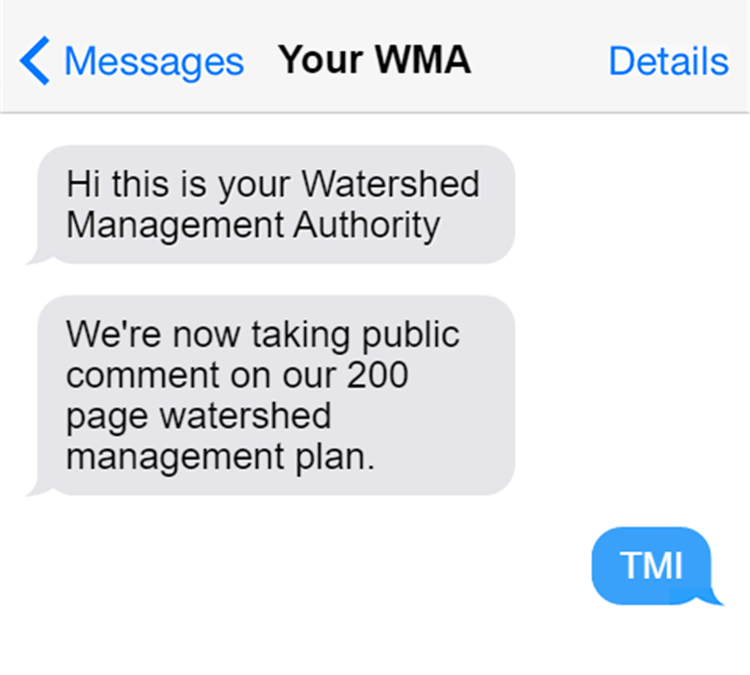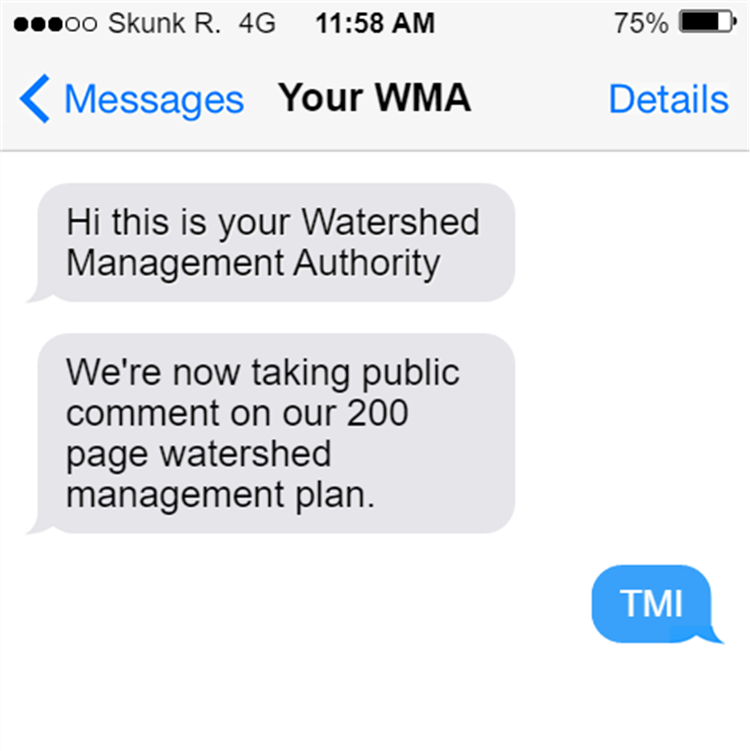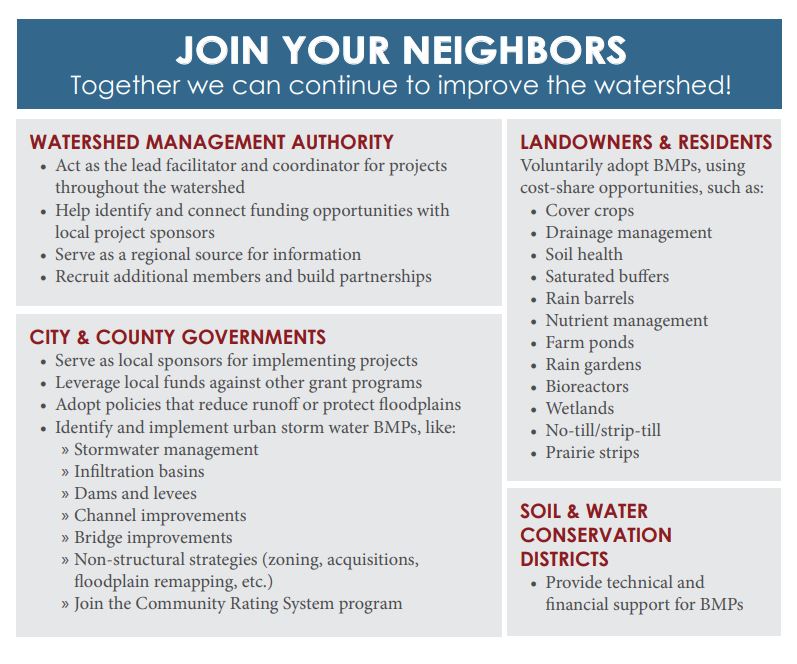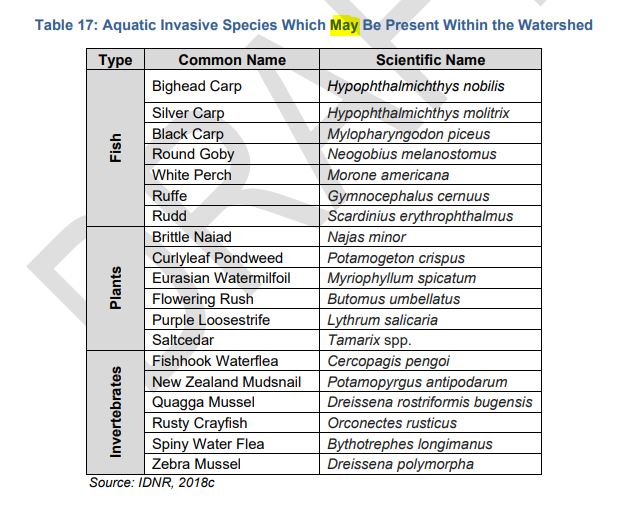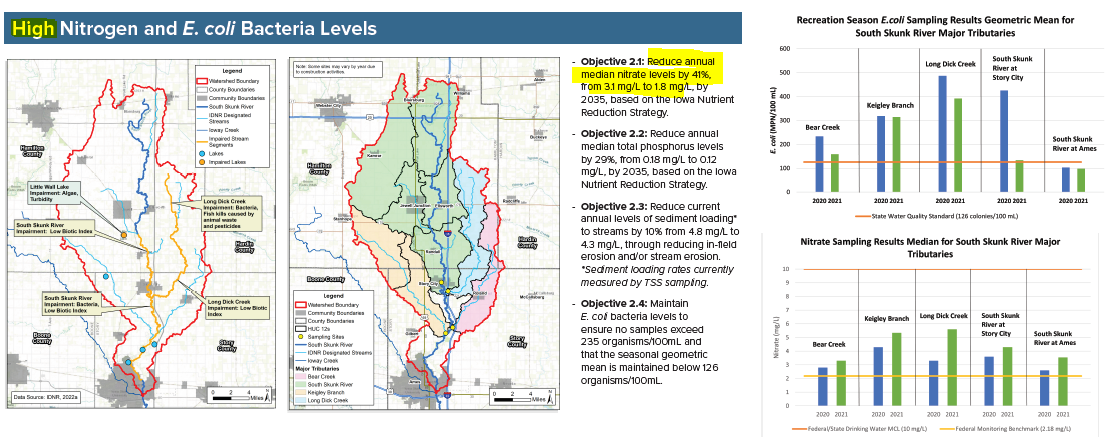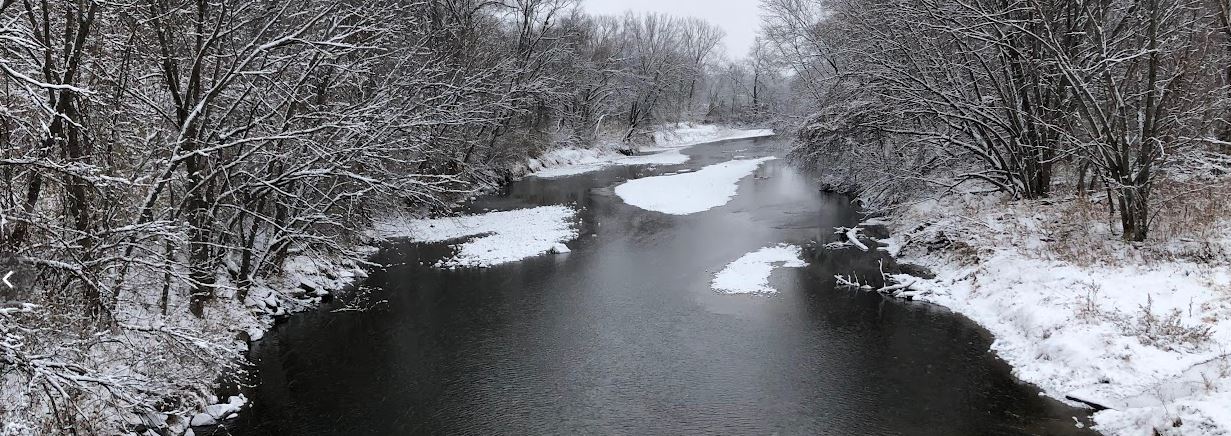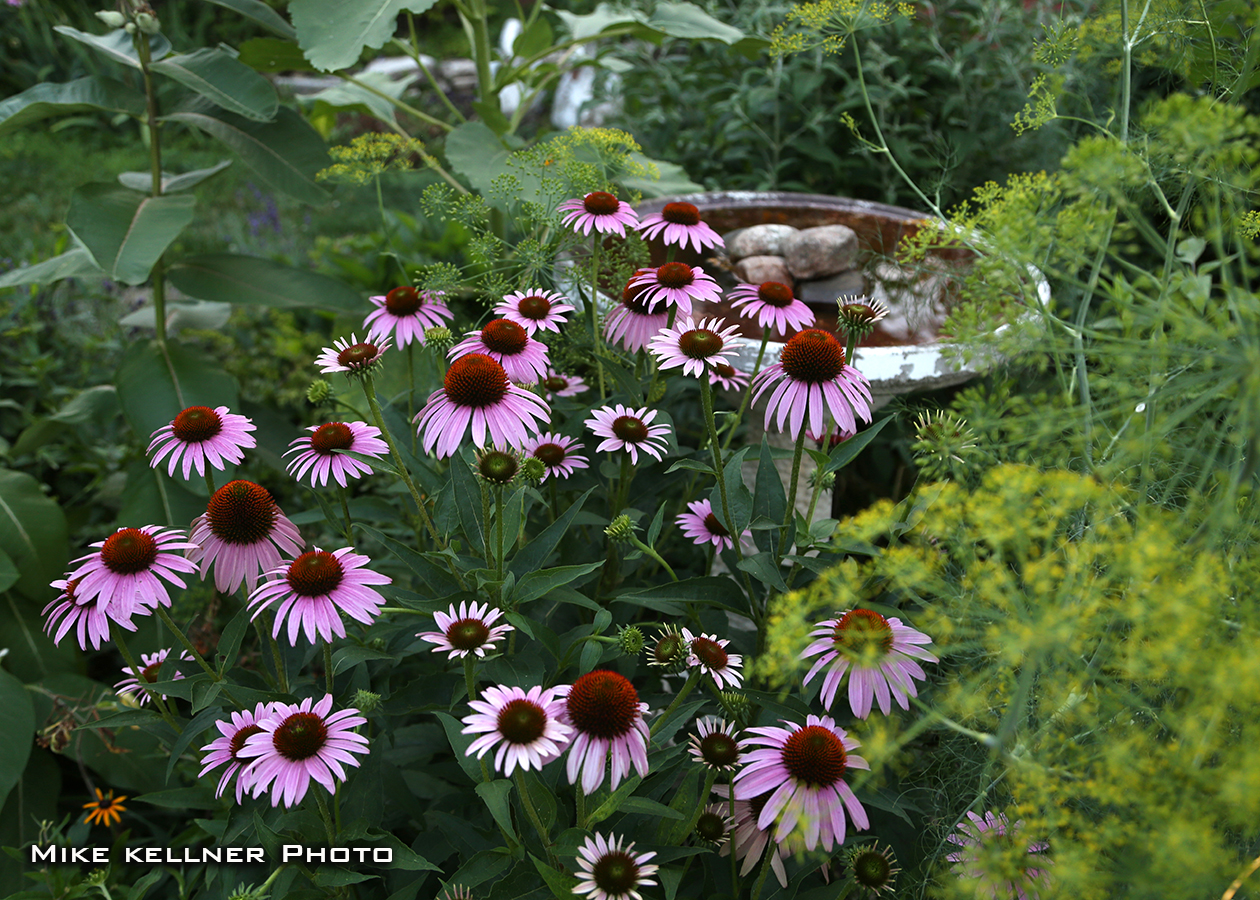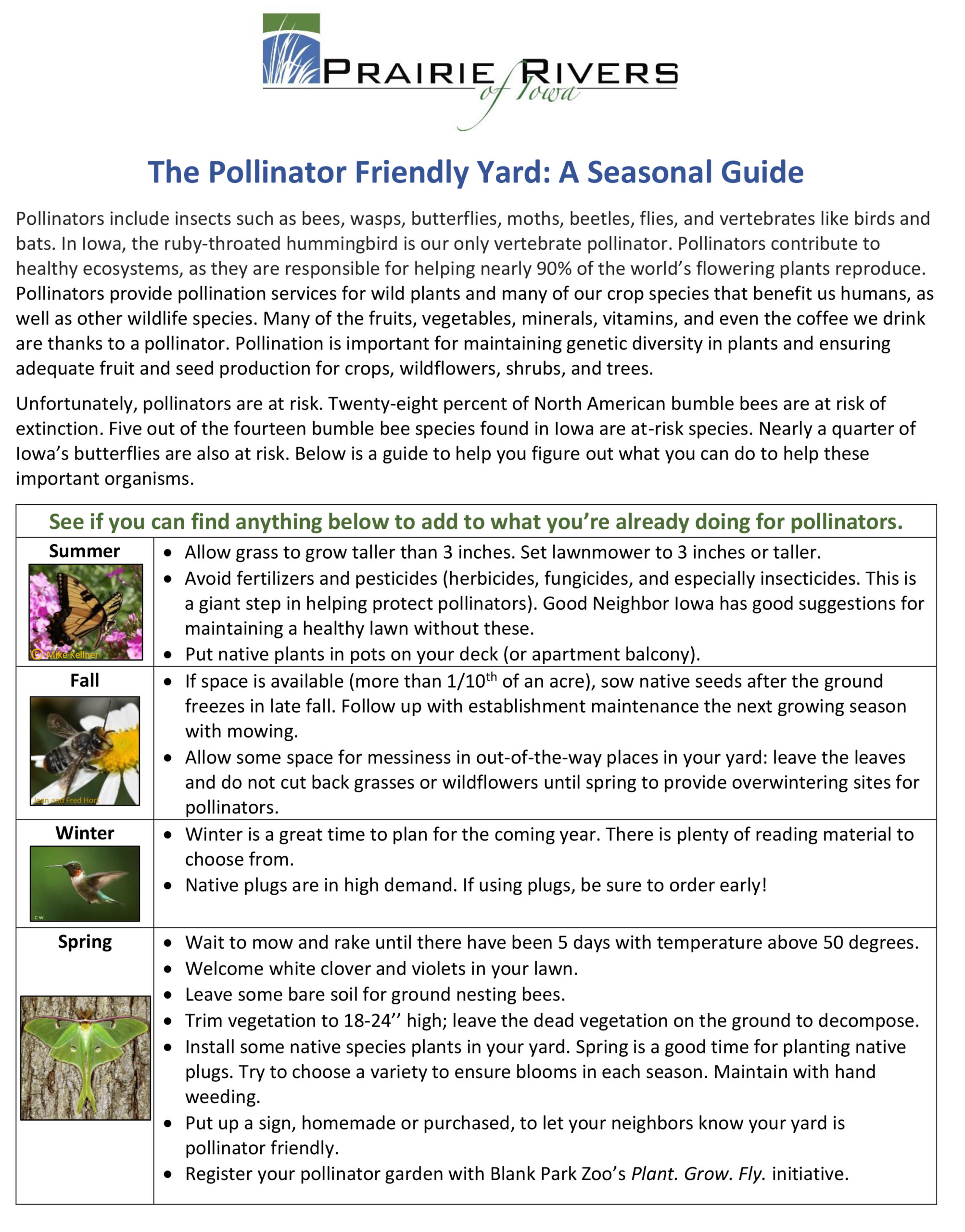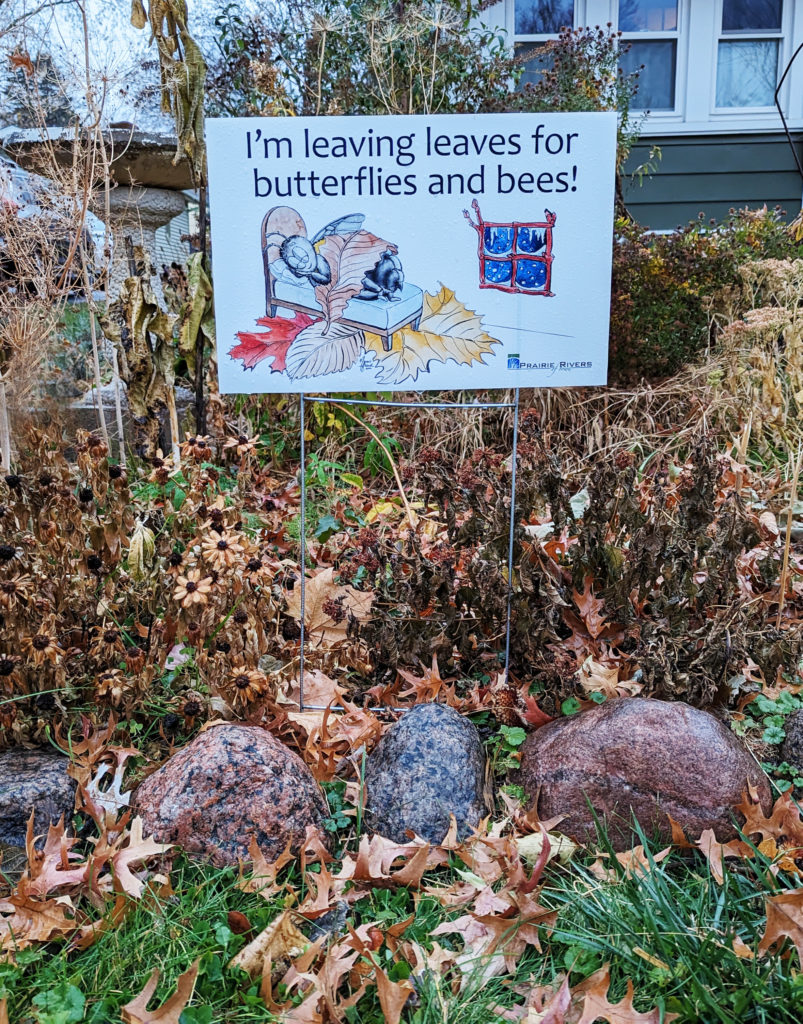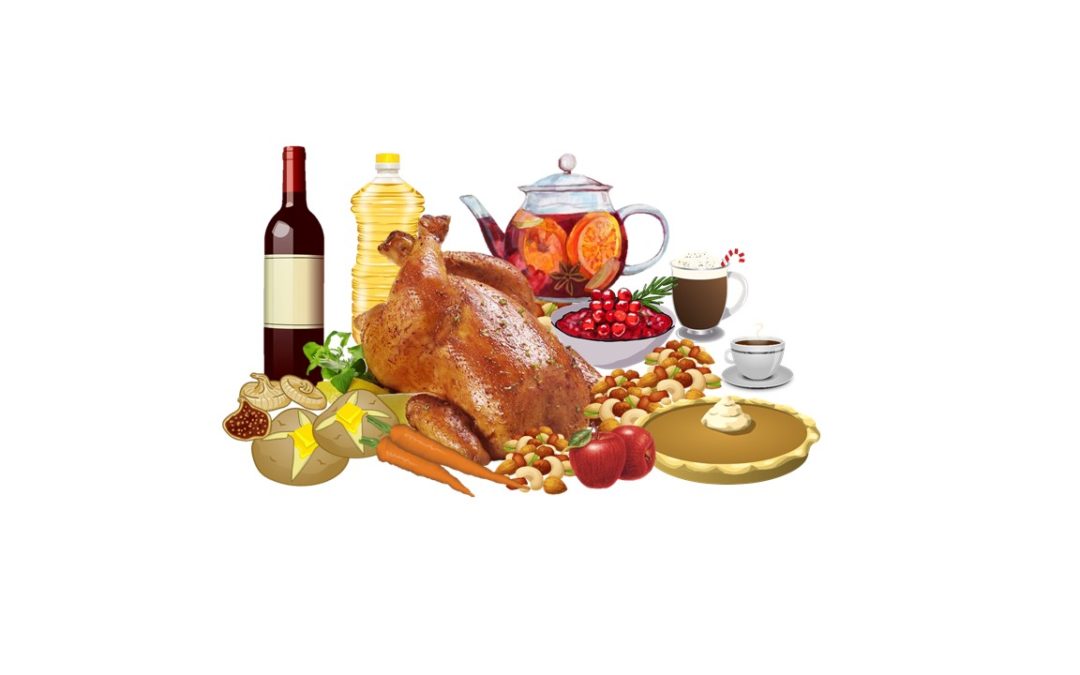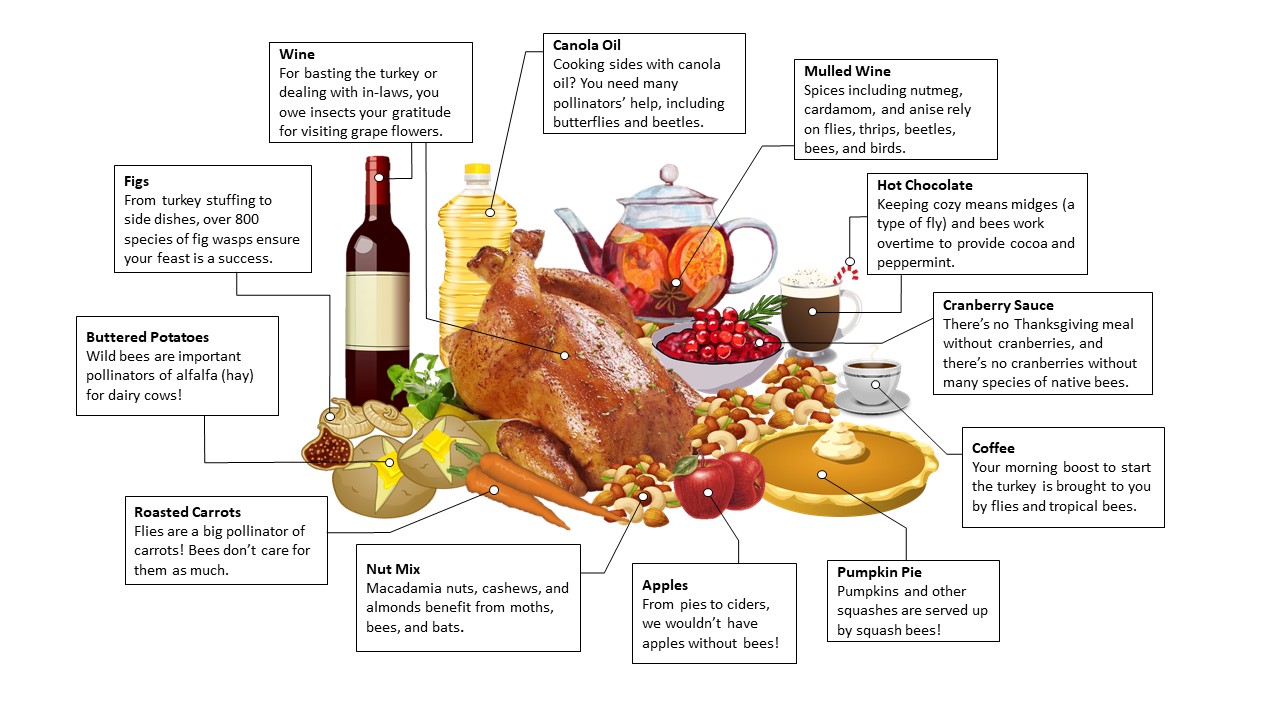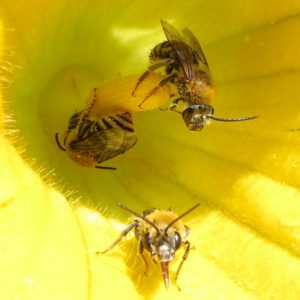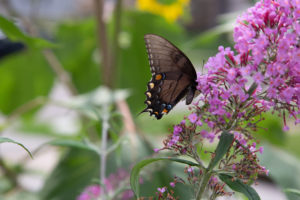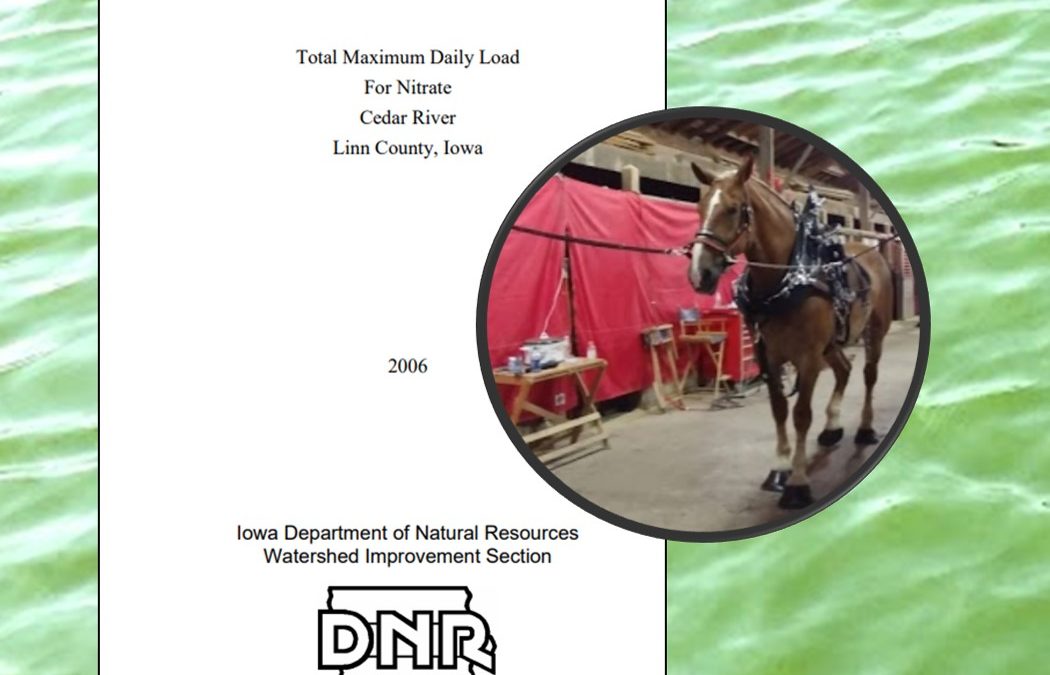
You can lead a horse to water…
Prairie Rivers of Iowa is not the sort of environmental group that follows the goings on at the state capitol (that would be our friends at the Iowa Environmental Council) but the success of our watershed projects is very much affected by state and federal policy. A big part of our work is environmental education, but often “is a river still polluted and what can we do about it” is a legal and political question as much as a scientific question. I hope this tricky case study from the Cedar River will illustrate why we need more people to learn about and talk about environmental policy to make it more transparent, fair, and effective.
My New Year’s resolution for 2023 is to write fewer long articles like this one and more bite-sized lessons. For the 50th anniversary of the Clean Water Act, we’ll be sharing 50 short facts (one a week) on social media about that important and complicated law. Here are the first five:
1) The Clean Water Act (CWA) is 50 years old but it still has a big influence on how we evaluate and protect water quality in rivers and lakes.
2) The Clean Water Act is a federal law but is implemented at the state level, with oversight from the Environmental Protection Agency (EPA). In Iowa, the Department of Natural Resources (DNR) is responsible for issuing permits, setting standards, and assessing the condition of rivers and lakes.
3) The Clean Water Act requires public notice and public comment for many decisions. Staff at environmental agencies read and take seriously public comments, so it’s worth speaking up and having your voice heard.
4) The Clean Water Act also gives concerned citizens the standing to file suit if there is an ongoing violation that hasn’t been enforced, or if the Environmental Protection Agency is not fulfilling its mandatory duties.
5) Decisions by courts and federal agencies can come into conflict with state legislatures, which control the budgets for state agencies. For example, in Iowa there are over 700 river segments and lakes on the waiting list for a cleanup plan, because Department for Natural Resources doesn’t have enough staff to keep up with it.
We can sum that up with the old saying: “You can lead a horse to water, but you can’t make it drink.”
In November, the Iowa Department of Natural Resources (DNR) made the unusual decision to withdraw a cleanup plan (or TMDL) for nitrate in a part of the Cedar River that supplies drinking water to Cedar Rapids. Click here for the original plan, here for the public notice of its withdrawal, and here for the Iowa Environmental Council’s response, which provides some valuable context. TMDL stands for “Total Maximum Daily Load.” TMDLs are pollution budgets that explain where pollution is coming from and how much needs to be reduced in order to protect fisheries, drinking water, or recreation in an impaired river or lake. They are often used to set permit conditions for upstream sewage treatment plants and industrial facilities.
There is a joke that TMDL stands for “Too Many D*** Lawyers.” Most state agencies ignored the part of the Clean Water Act dealing with TMDLs until a series of lawsuits by environmental groups in the 1990s. The Cedar River TMDL was actually written under a court order in 2006. The TMDL estimated that only 9% of the nitrogen in the Cedar River watershed was coming from regulated point sources of pollution like sewage treatment plants and factories. Most of the reductions would need to come from agriculture, through voluntary conservation programs. Still, the plan called for capping the pollution from point sources at the 2006 amount and not adding any more. However, it seems that the DNR did not follow the TMDL when writing permits over the next decade, and did not enforce permit violations.
One of the most surprising violations is from a drinking water treatment plant in Waverly. I don’t think of drinking water treatment as generating pollution, and maybe that’s why it was initially overlooked. The facility uses reverse osmosis, which gives you cleaner water on one side of the membrane and dirtier water on the other side. The facility has been discharging wastewater with 37.7 mg/L of nitrate into the Shell Rock River (a tributary of the Cedar). When the DNR added a permit condition that nitrate be brought down to 9.5 mg/L, the Iowa Regional Utilities Association protested, claiming that compliance would cost them $1 million. If my math is correct, bringing the facility into compliance would avoid only 5 tons of nitrogen pollution per year. The TMDL calls for a reduction of 9,999 tons per year. Enforcing this permit as written does not seem like a fair or effective way to protect water quality in the river, but I suspect there would be an easy fix if the TMDL were revised.
The Clean Water Act provides two ways to set the limits in a permit. Water quality-based effluent limits reference the pollution budget in a TMDL. They’re only for facilities that discharge to an impaired water body. Technology-based effluent limits are set statewide, based on the level of treatment that’s possible with widely available, not-too-expensive technologies. The Iowa Nutrient Reduction Strategy included new technology-based effluent limits for nitrate and phosphorus, affecting 157 municipal and industrial wastewater treatment systems. They must find a way to reduce their total nitrogen by 66% and their total phosphorus by 75% or else complete a feasibility study to show it would be cost-prohibitive to do so. Some facilities are already making the upgrades, some won’t be done until 2027. For the largest point source in the TMDL (the Waterloo sewage treatment plant), that means a reduction of some 333 tons of nitrogen a year.
Of course, most of the nitrate reduction goal for the watershed (9,999 tons) will need to come from agriculture. We don’t know how that’s going because Iowa doesn’t have a current or complete tracking system. The most recent data I could find for cover crops by watershed is 7 years old. At that time, there were not enough acres to make a noticeable difference in water quality in the river.
Side note: The Cedar River starts in Minnesota and has several major tributaries, including the Shell Rock River, West Fork, and Winnebago. It’s a big watershed that usually gets divided into smaller chunks (i.e. there are separate watershed management authorities for the Upper, Middle, and Lower Cedar). The TMDL actually recommended prioritizing conservation in the Upper Cedar, but at some point, the focus got shifted to the Middle Cedar.
Are water quality based-effluent limits still needed? Maybe not, but the frustrating thing about this case is that we get don’t get a revised pollution budget that shows how other strategies will protect drinking water in Cedar Rapids. We don’t get a public debate over what’s not working with this law and an opportunity to change it. Instead, we get excuses for why a revised TMDL can’t be done and isn’t needed. Some of those excuses are legitimate: the chronically underfunded DNR has a lot of TMDLs to write and not enough staff to do it. Some of the excuses are flimsy: apparently, the document mishandled nitrogen units in a way that was too subtle for me to notice on the first read-through but serious enough to make the whole thing unworkable.
Another excuse—that the Cedar River is no longer impaired—seemed like a mistake at first but turned out to be technically correct on closer inspection. “No longer impaired” means that fewer than 10% of the samples collected during the last two assessment periods (2016-2018 and 2018-2020) exceeded the drinking water standard. I’ve double-checked this with another source of data and think this assessment holds up, even if we account for weather. It’s just premature. Nitrate was back up in 2022.
Well, you know what they say. You can lead a state agency to water, but they can’t make it drinkable.
(Apologies to my respected colleagues at DNR. I can’t resist a good pun!)

